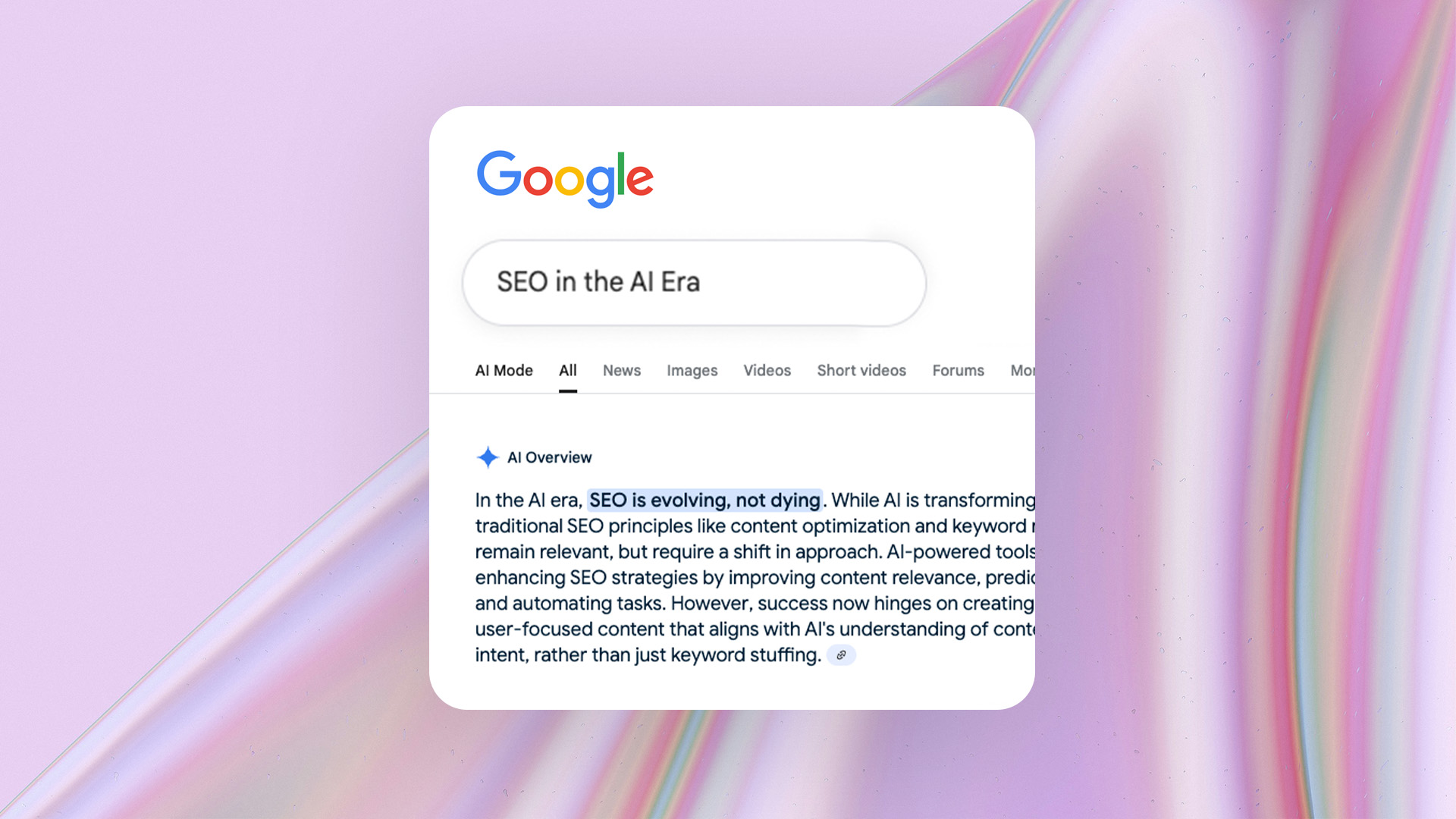
The rules of search are changing. If you’re only optimizing for Google’s traditional 10 blue links, you’re missing how people actually find answers today.
AI platforms like ChatGPT, Perplexity, and Claude are becoming default search engines and they don’t just list websites. They recommend them. Which means your competitors may already be showing up in AI-generated answers, while your business remains invisible.
This post breaks down what’s happening, why it matters, and what you can do right now.
AI-powered tools are changing how people search:
Instead of typing “Portland branding agency,” users ask:
“Who are the best branding agencies in Portland with experience in food and beverage?”
AI doesn’t return a list of links. It summarizes and suggests. It picks a few businesses to name directly. And often, those answers aren’t random.
These tools pull from:
That’s the new SEO.
If you’re not showing up in AI-generated answers, it’s likely because your competitors are doing the following:
Think beyond keywords. Write to answer real user questions:
“What should I look for in a creative agency?”
“Best branding firms for restaurants in the Pacific Northwest”
Keep it short, clear, and helpful. Use headers and bullet points. Add FAQs to every service page.
Use structured data for:
This helps AI parse and summarize your site more effectively.
Be consistent across:
Inconsistent or missing listings confuse AI models and hurt your chances of getting cited.
Get published in reputable industry publications. Join curated directories. Be quoted as an expert. These sources teach AI where to look for trusted voices.
Search for your brand on:
Are you mentioned? If not, what businesses are, and what do their sites do differently?
SEO isn’t going away, but it’s expanding. You’re no longer just optimizing for Google’s algorithm. You’re optimizing for the AI systems that summarize the internet on your users’ behalf.
If your content is helpful, clear, and easy to cite, you have a shot at being the business that AI recommends. And in 2025, that’s the new digital front page.

